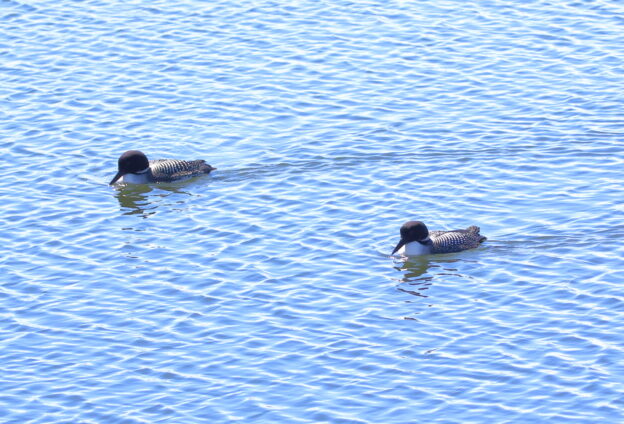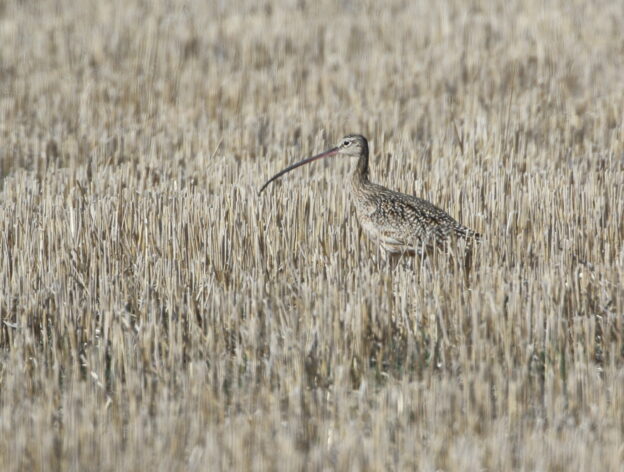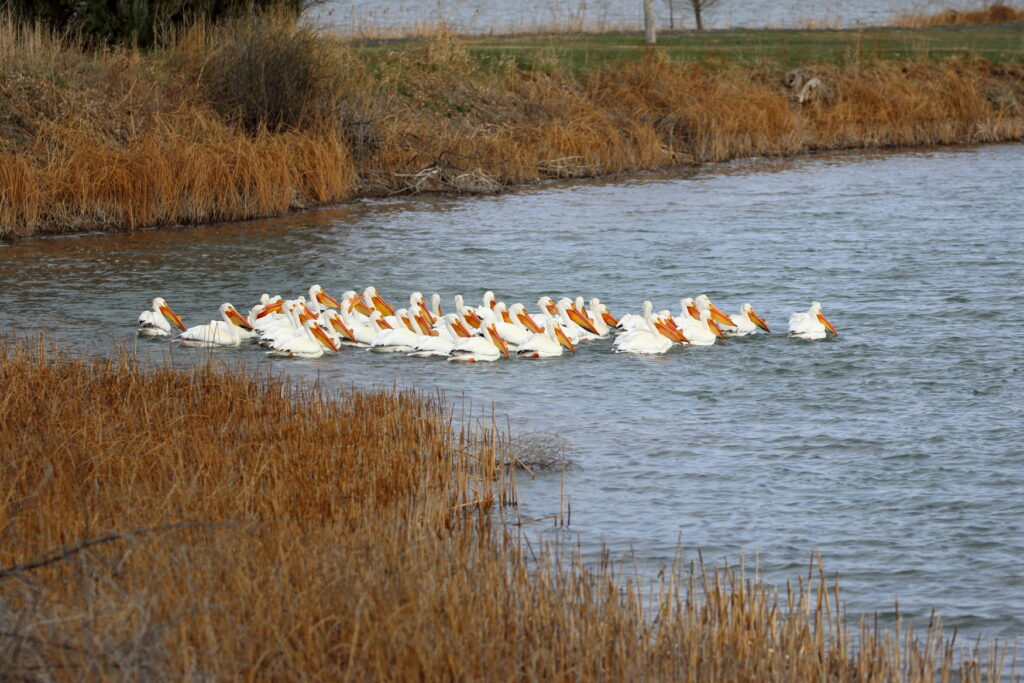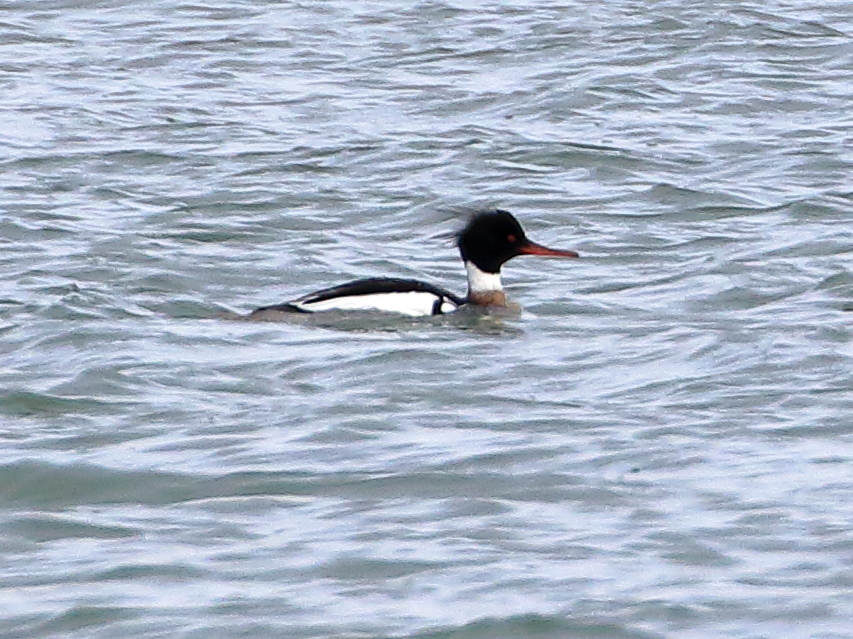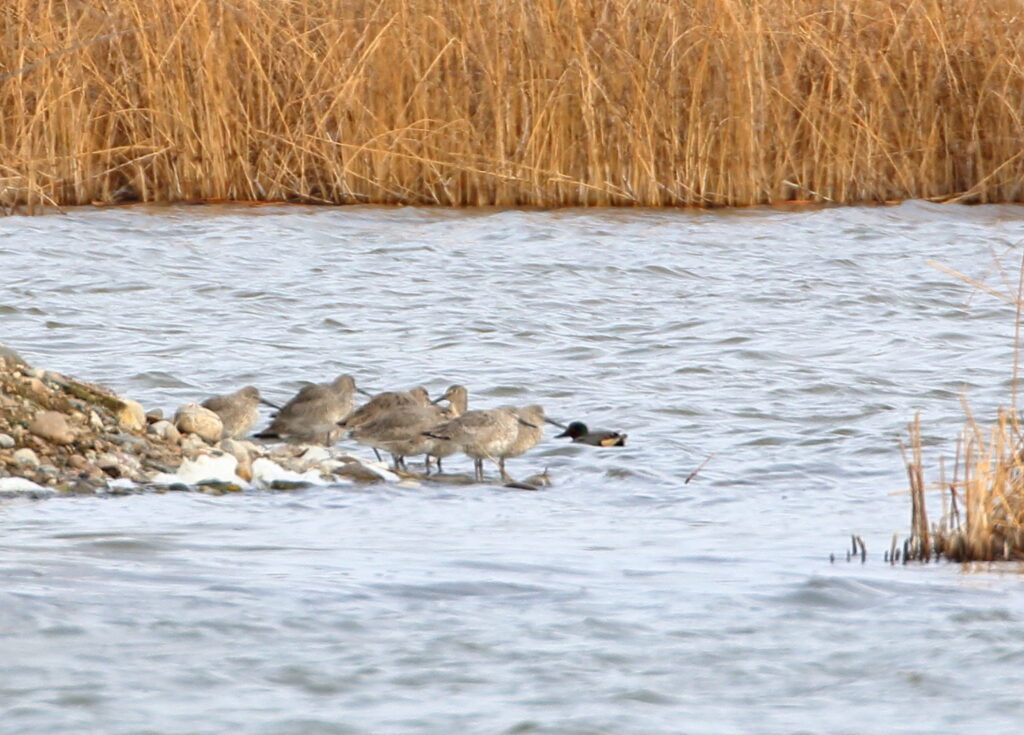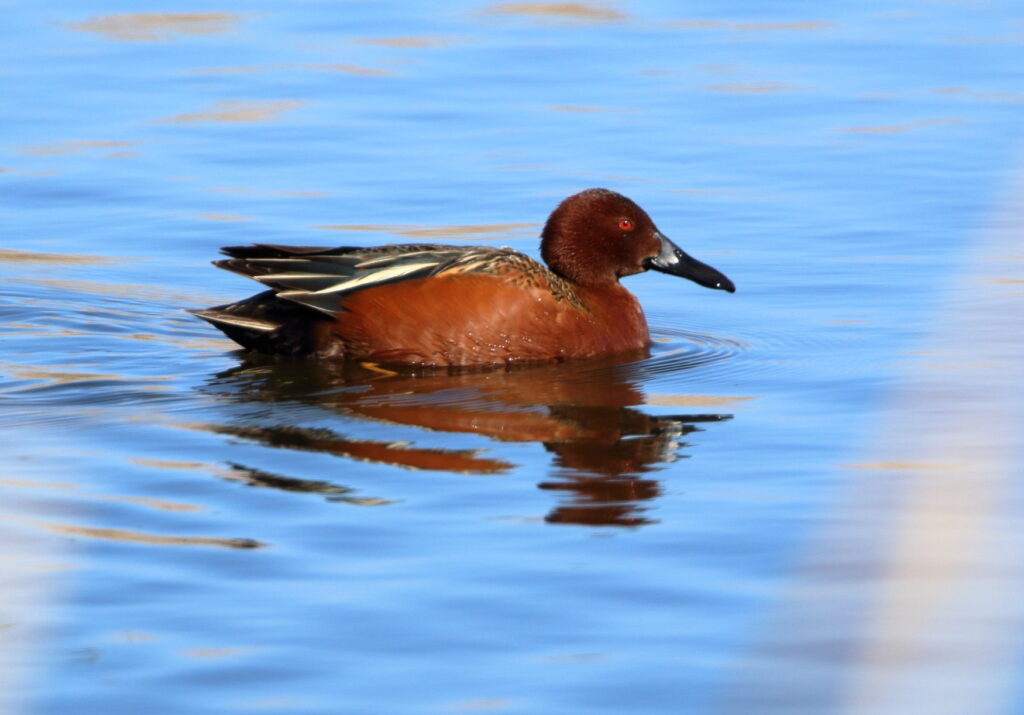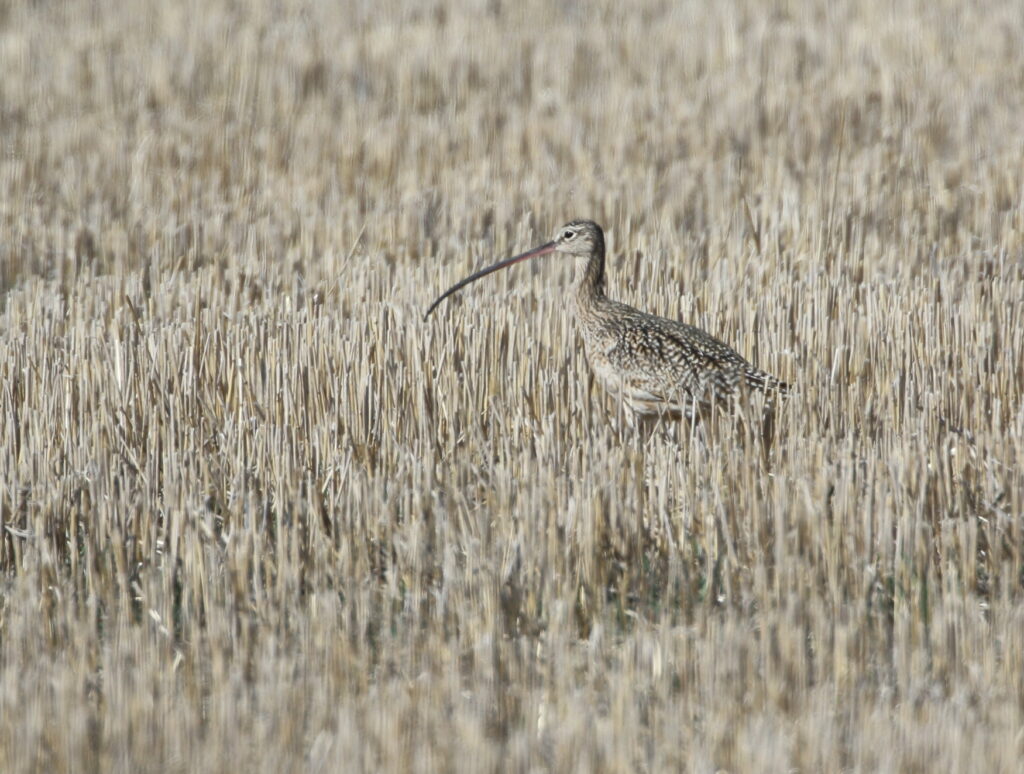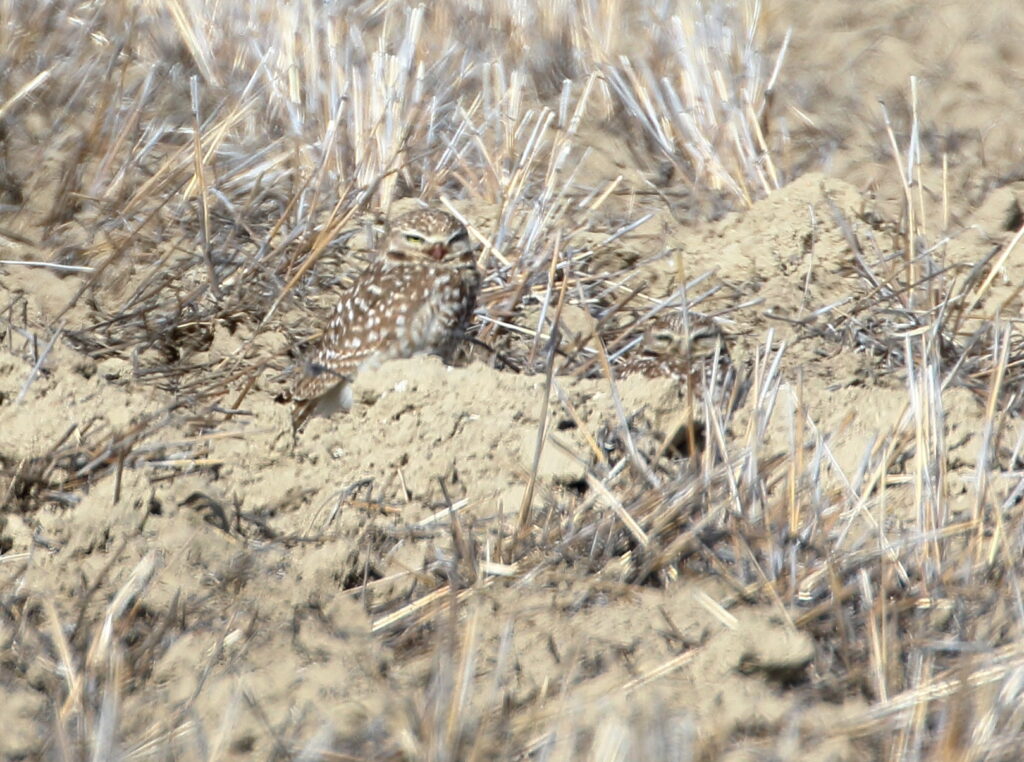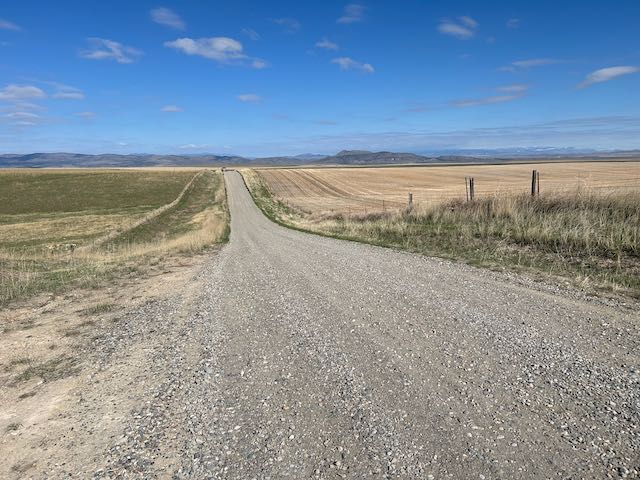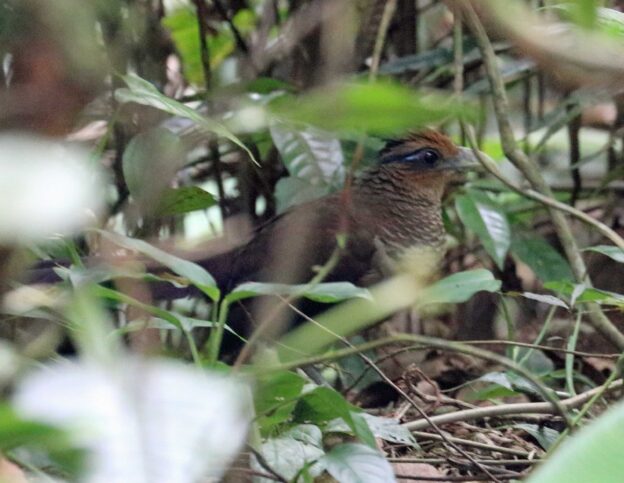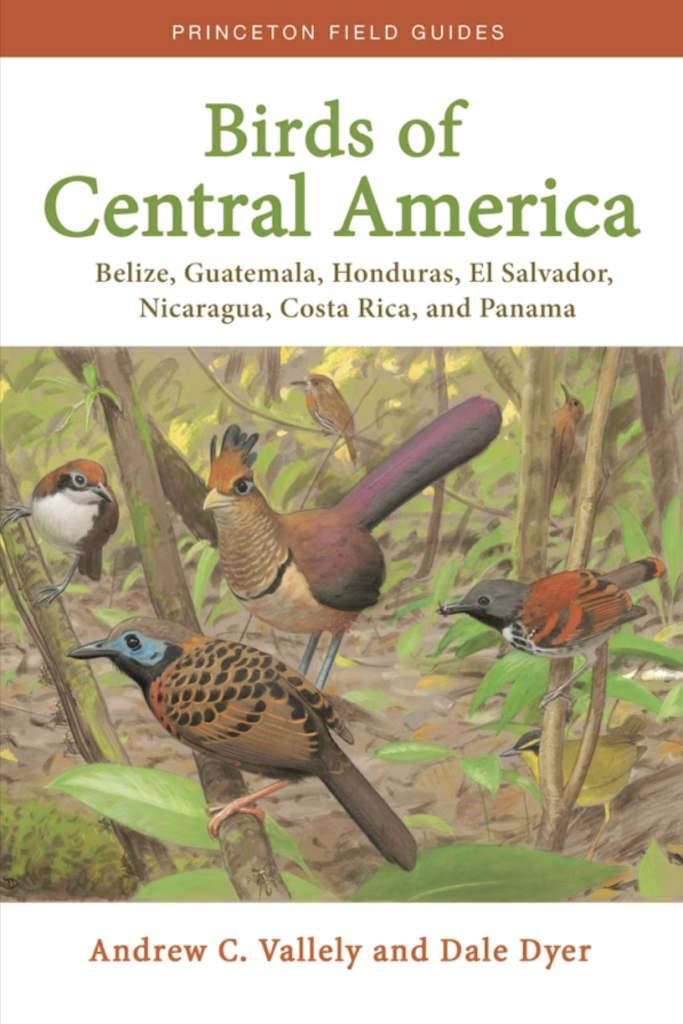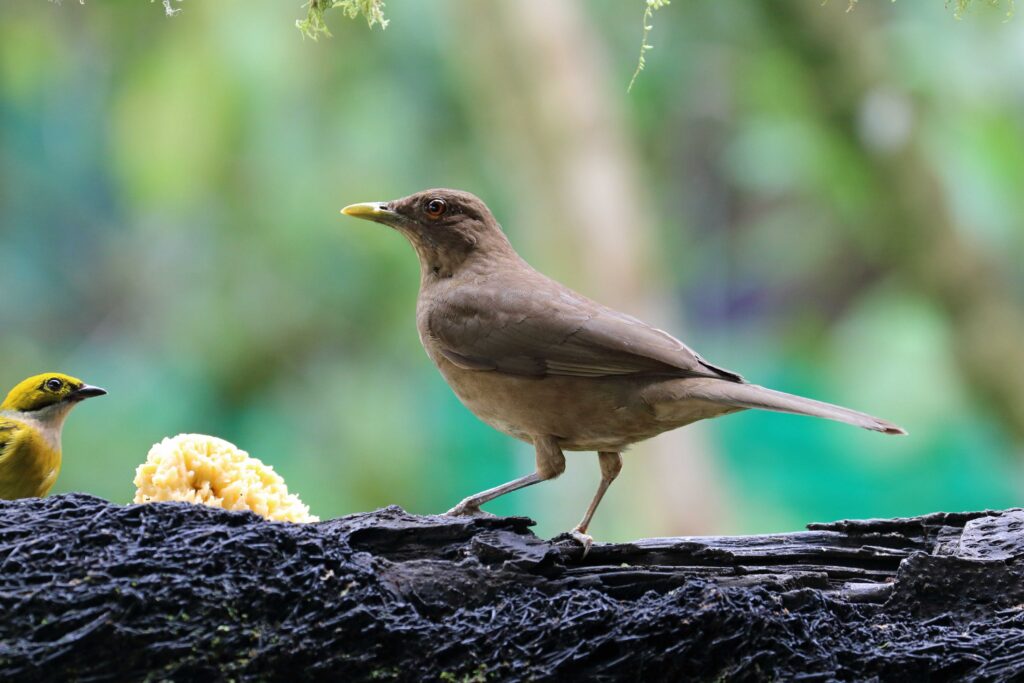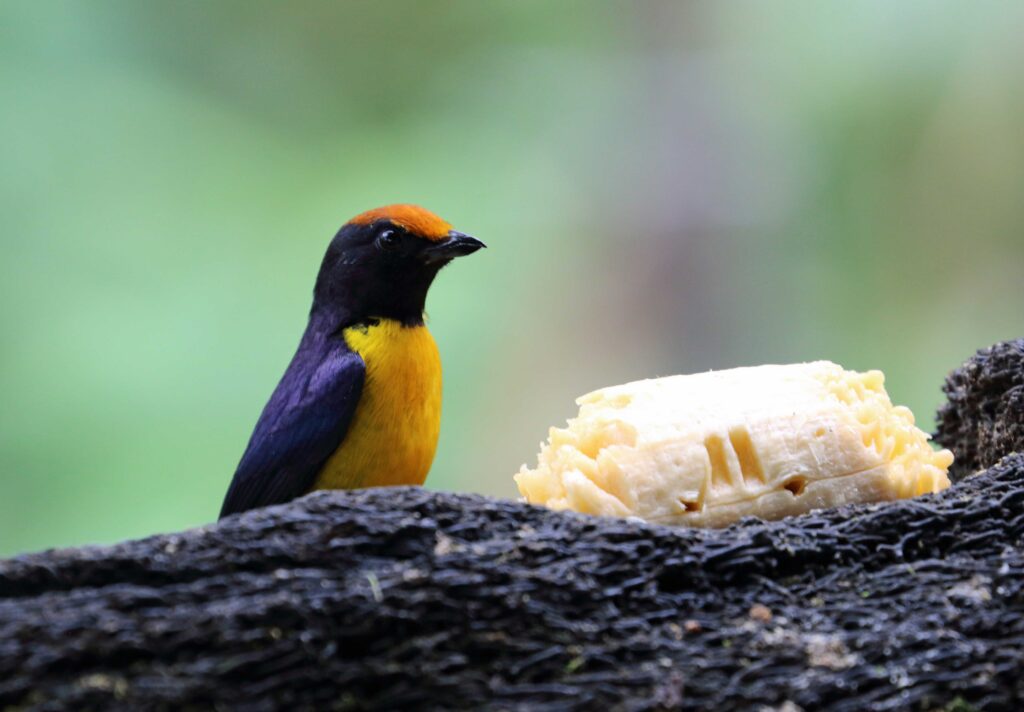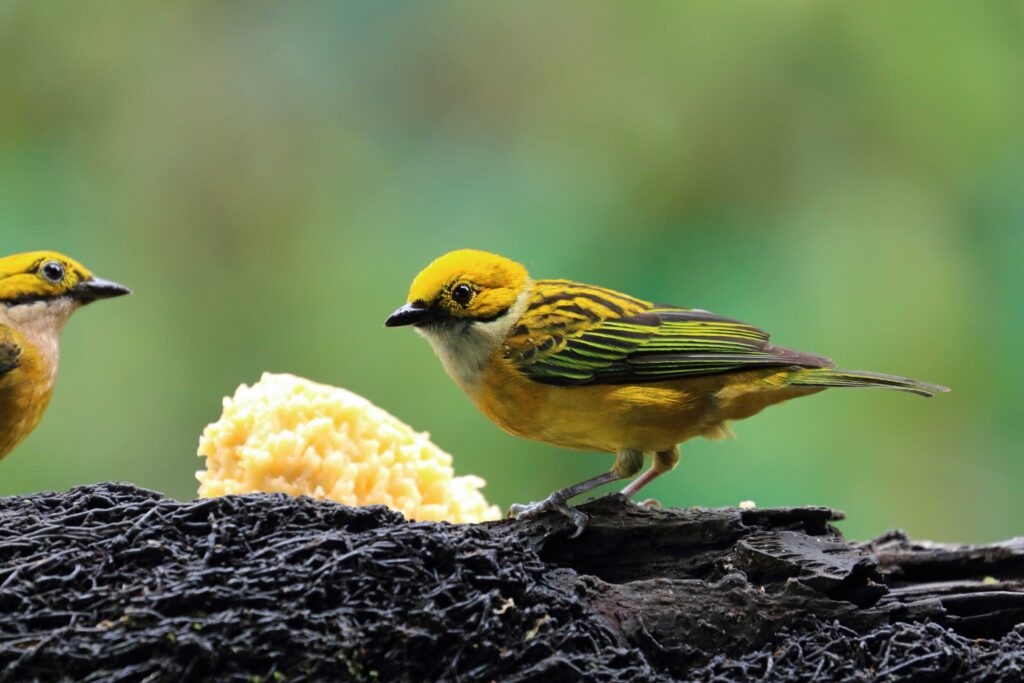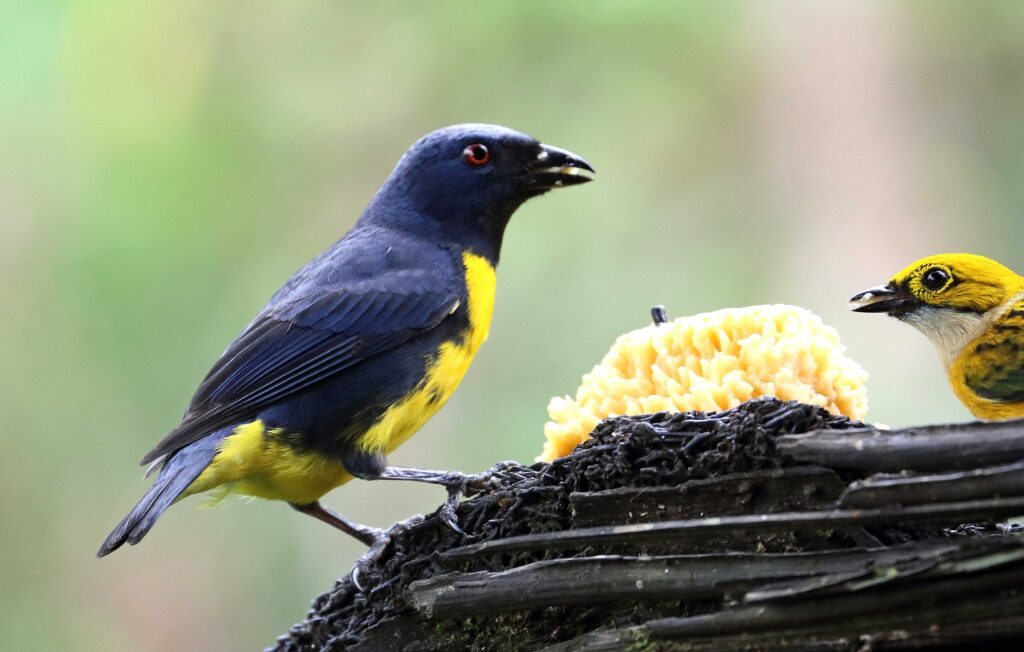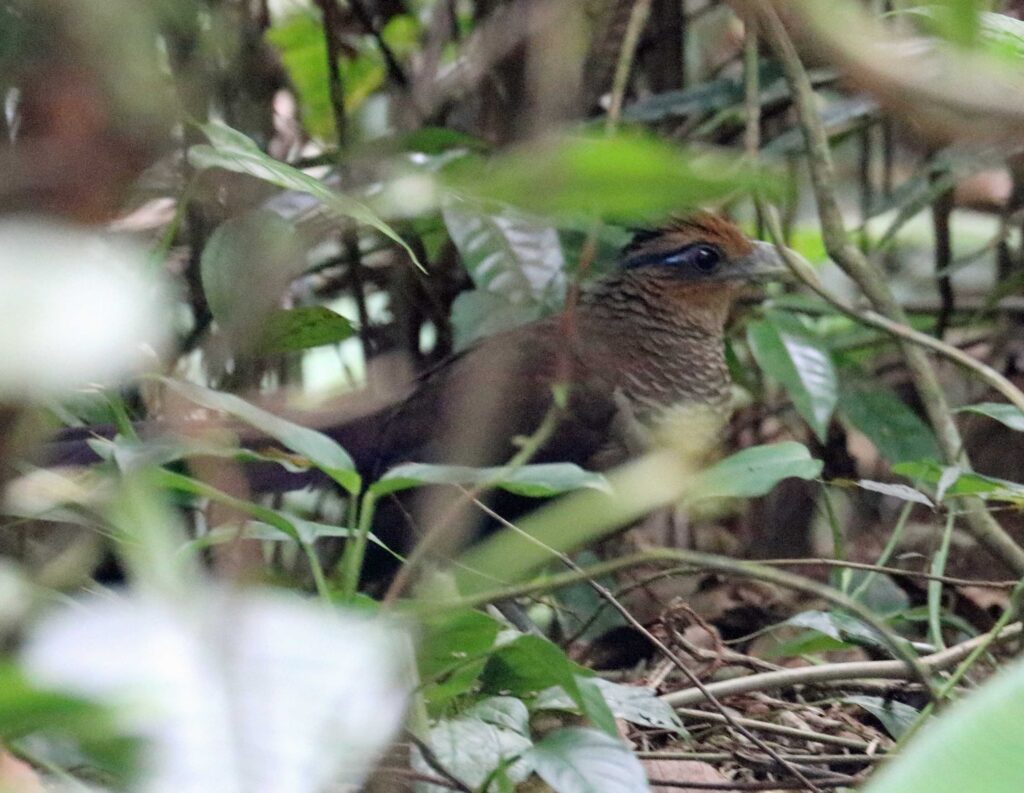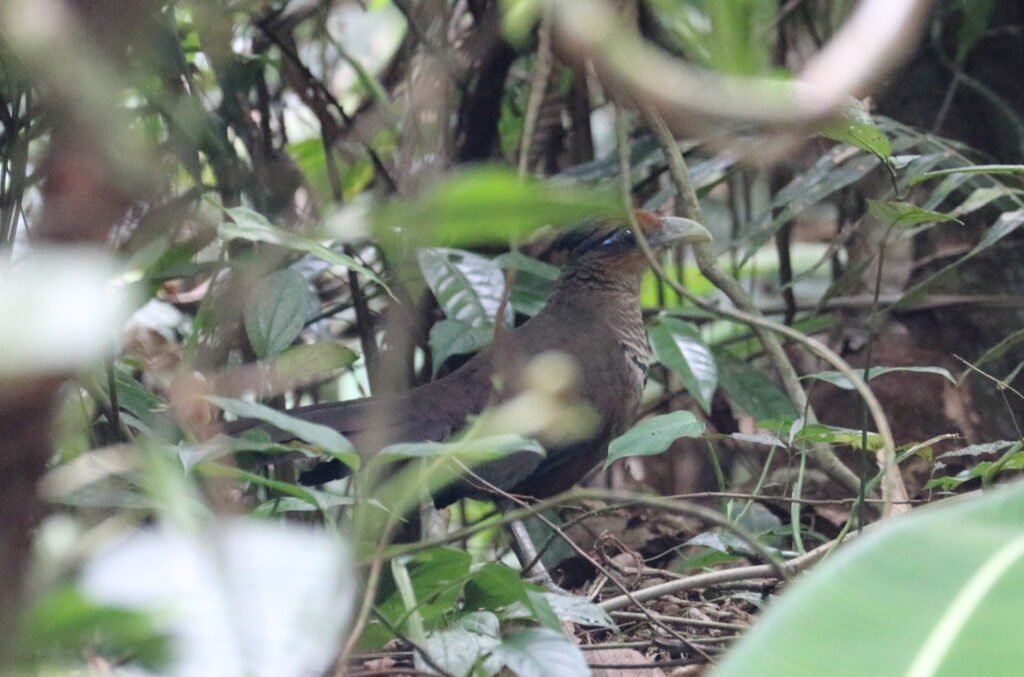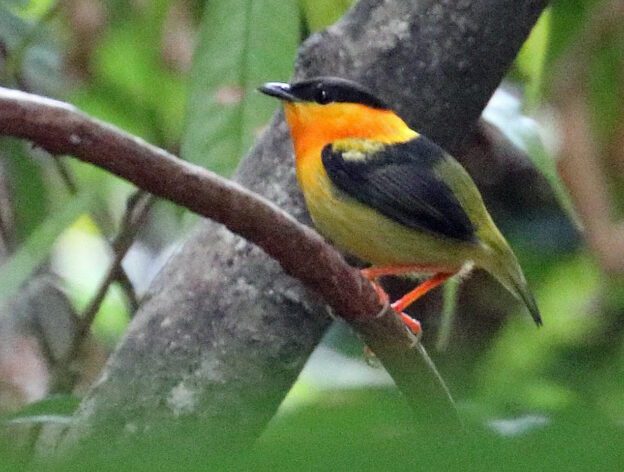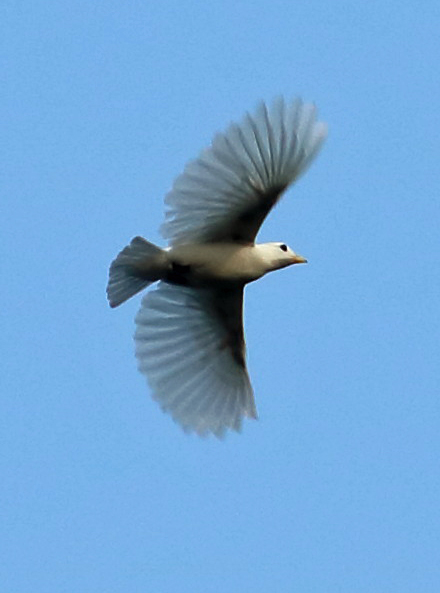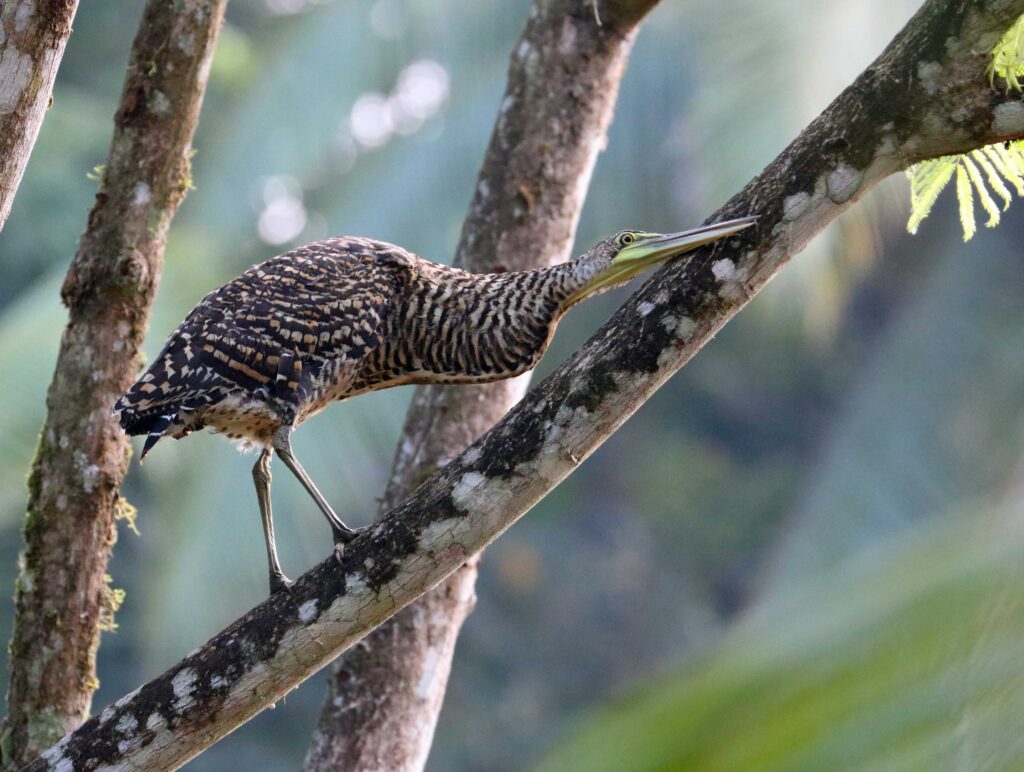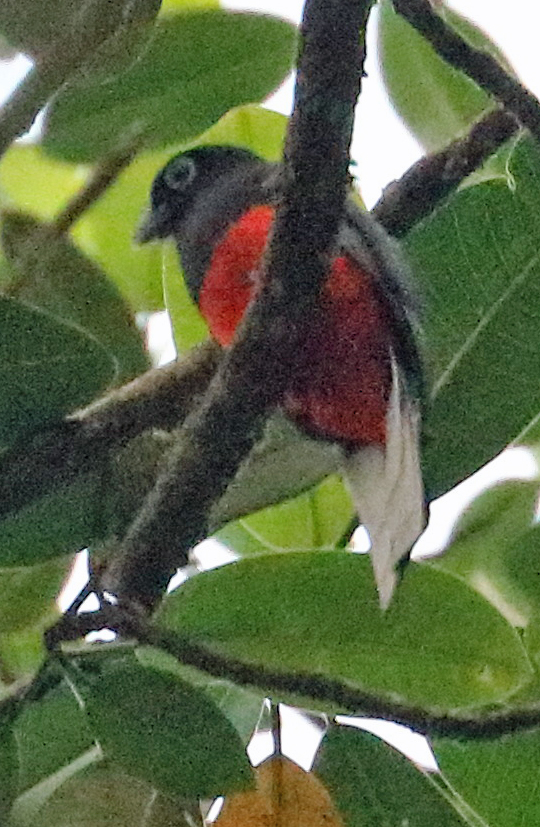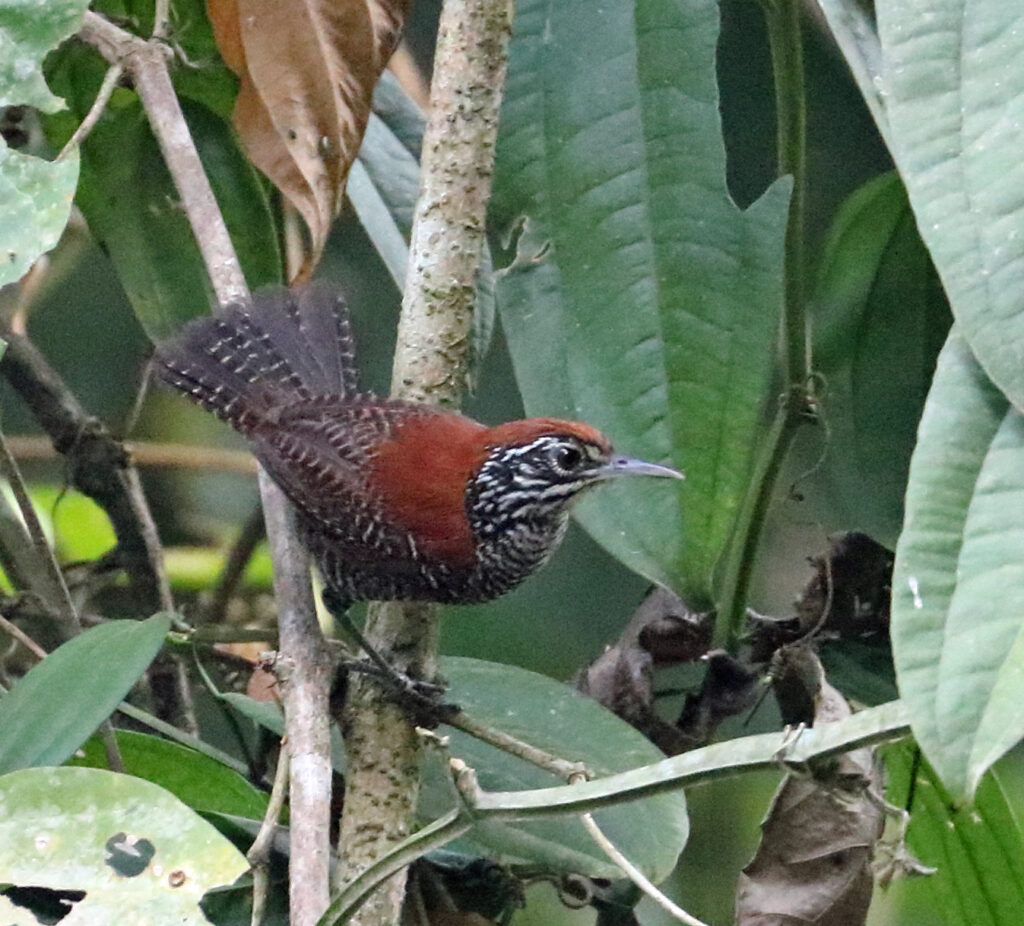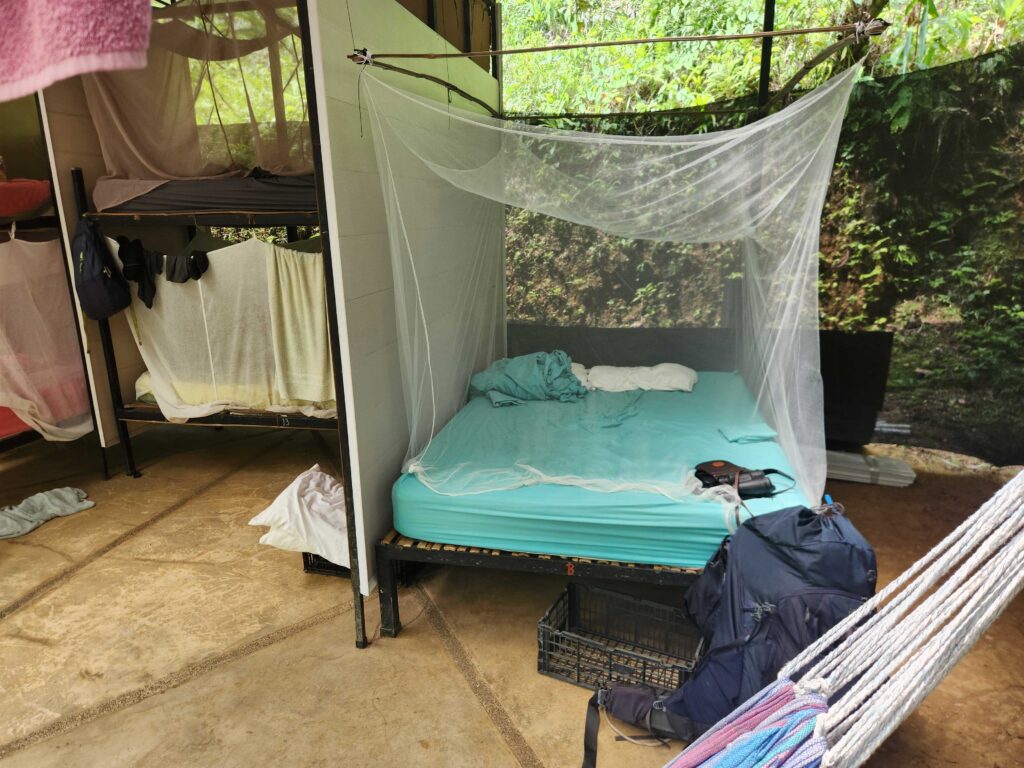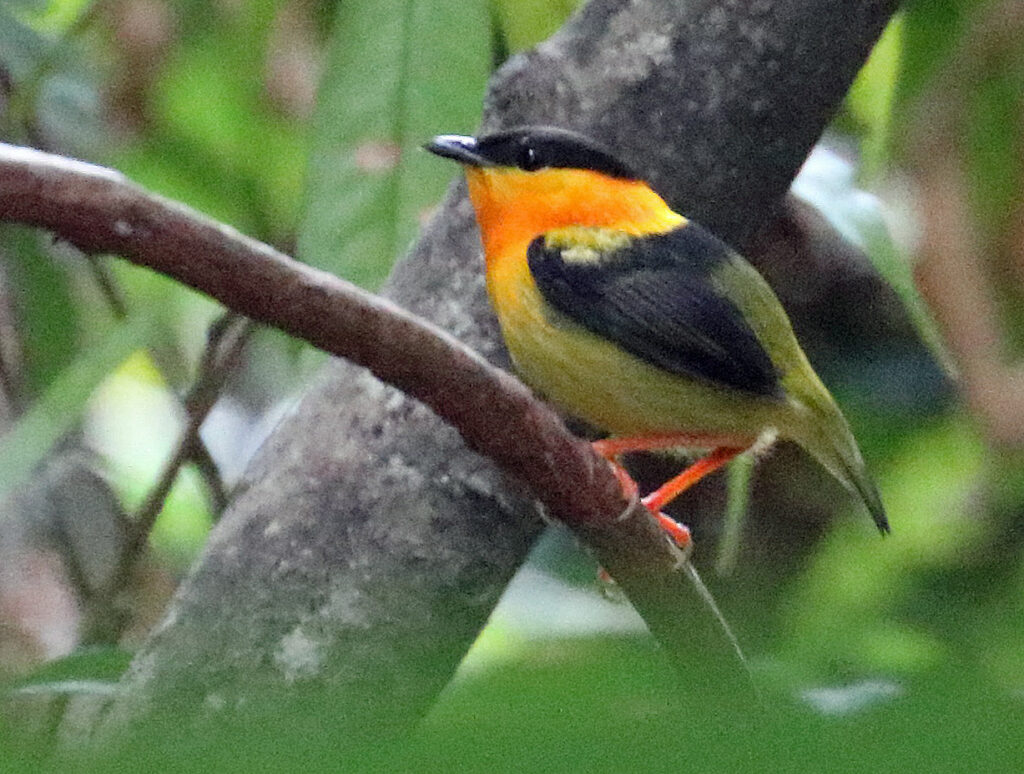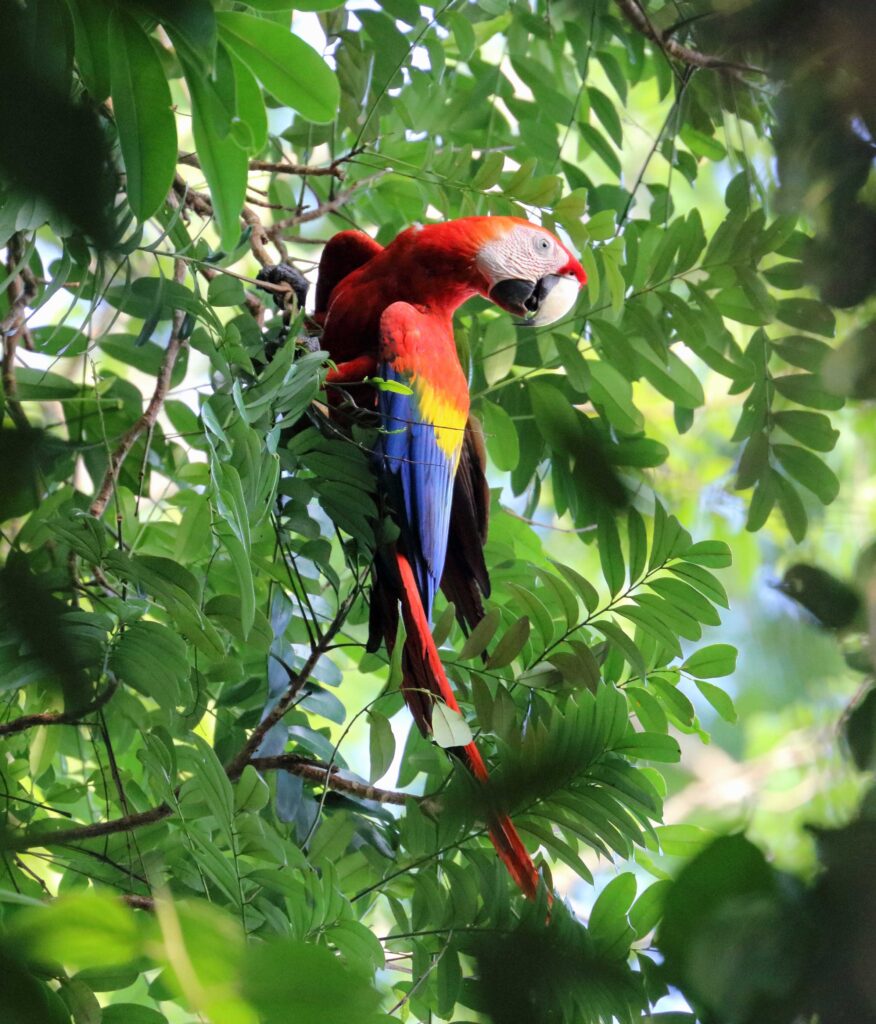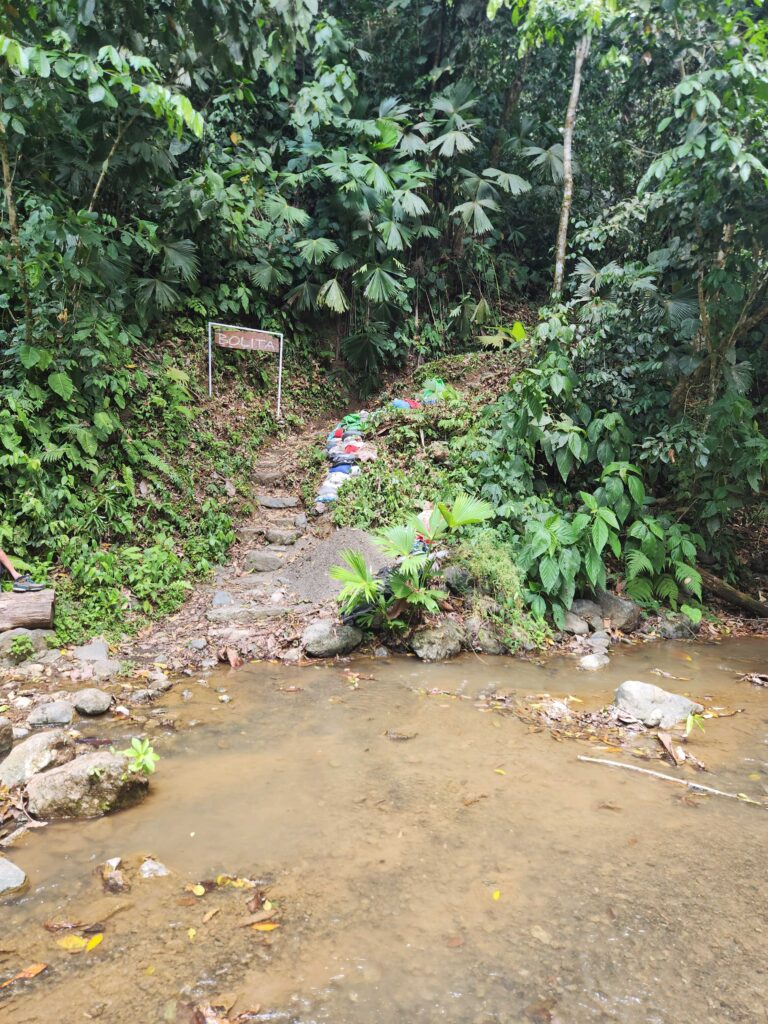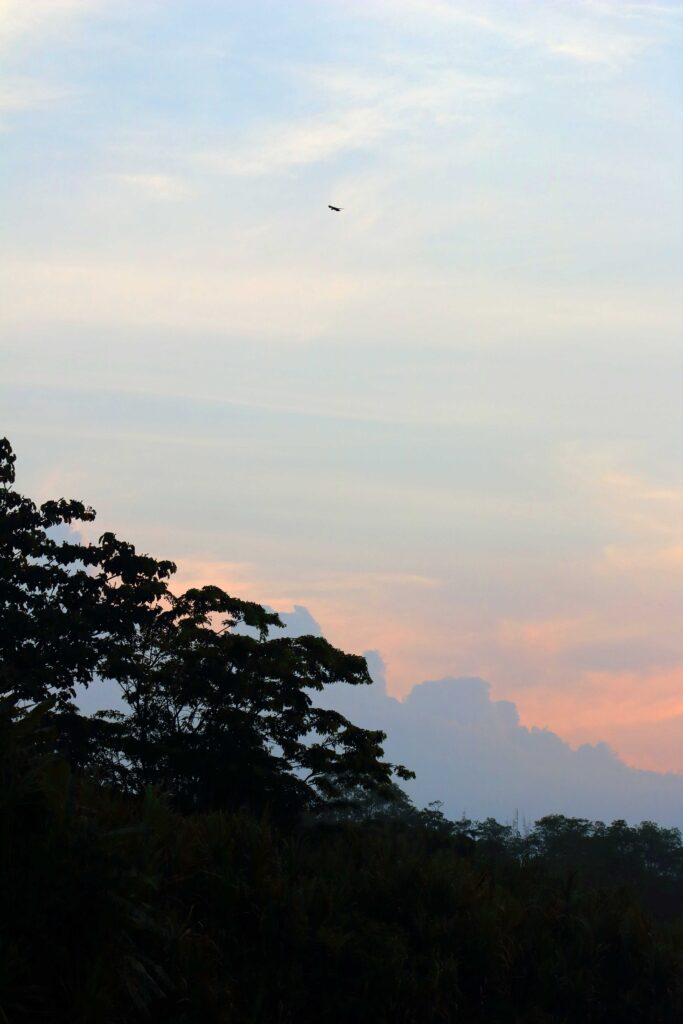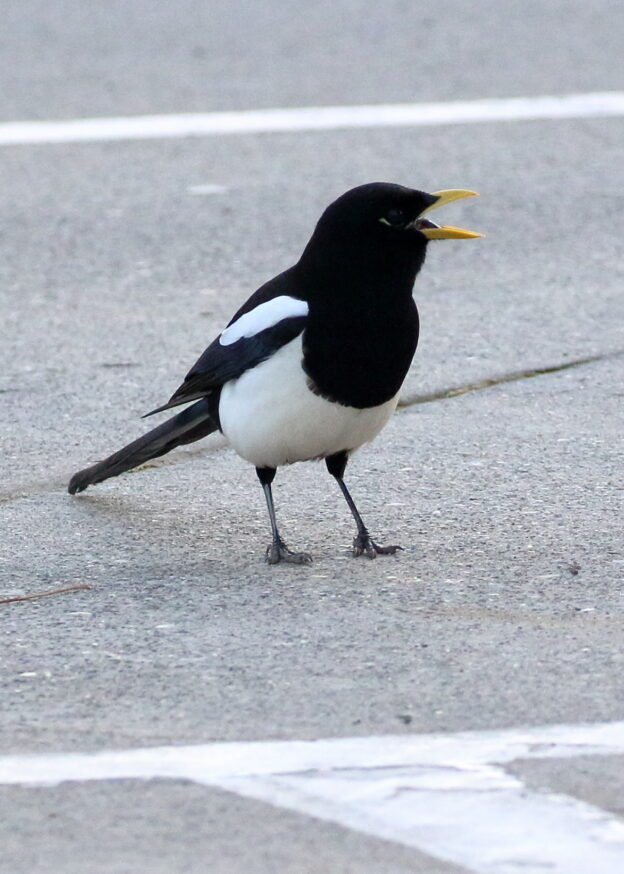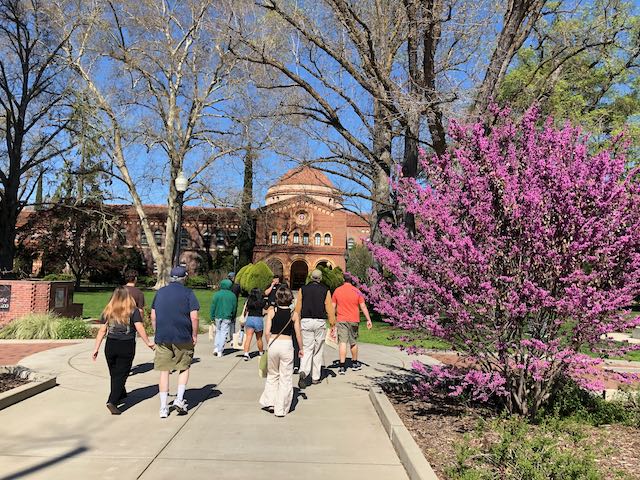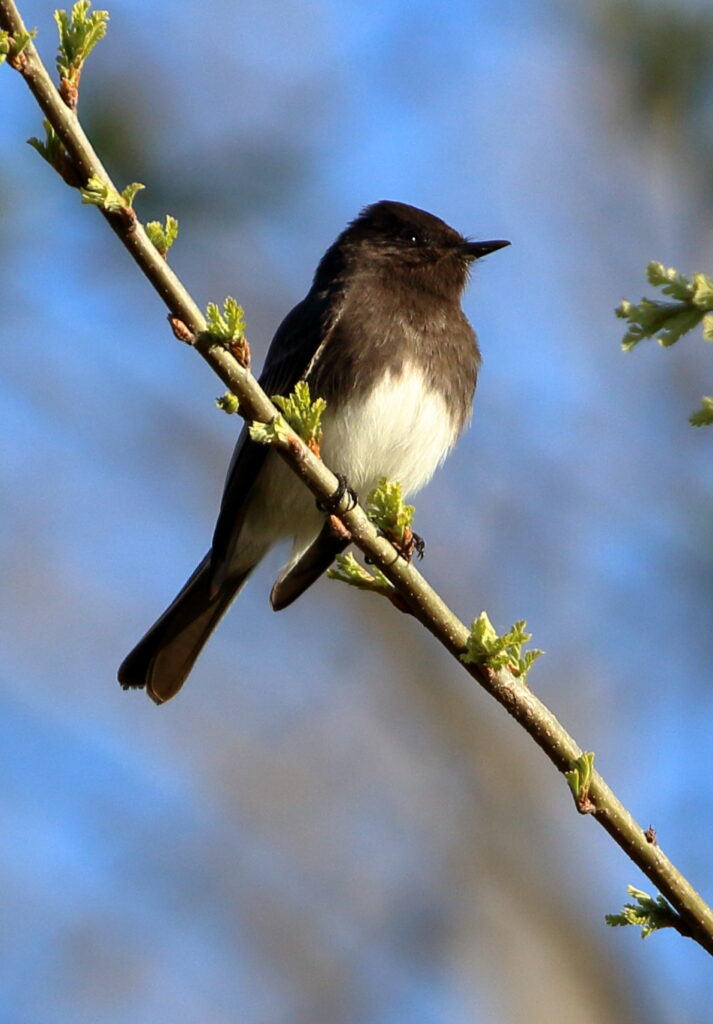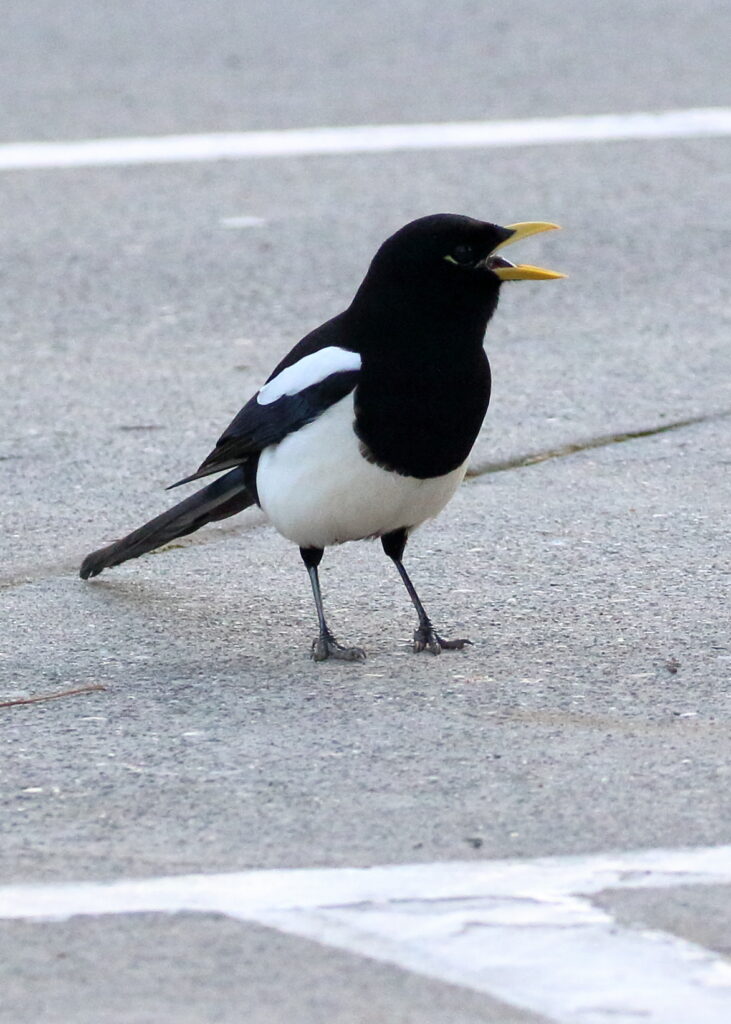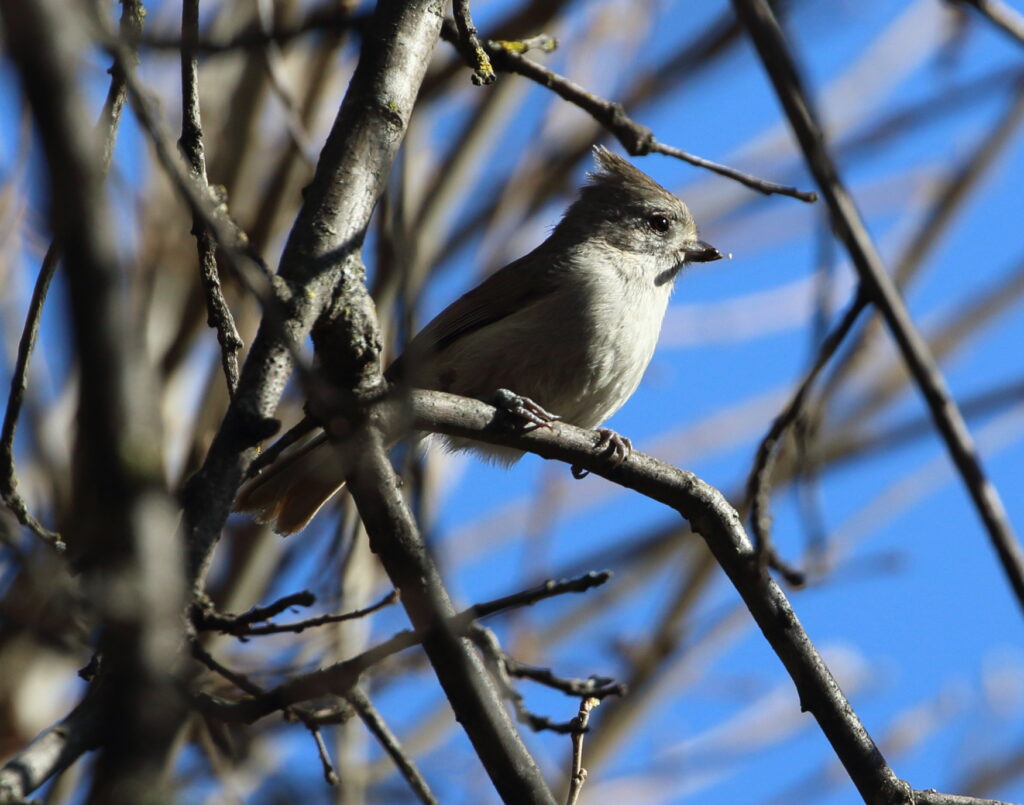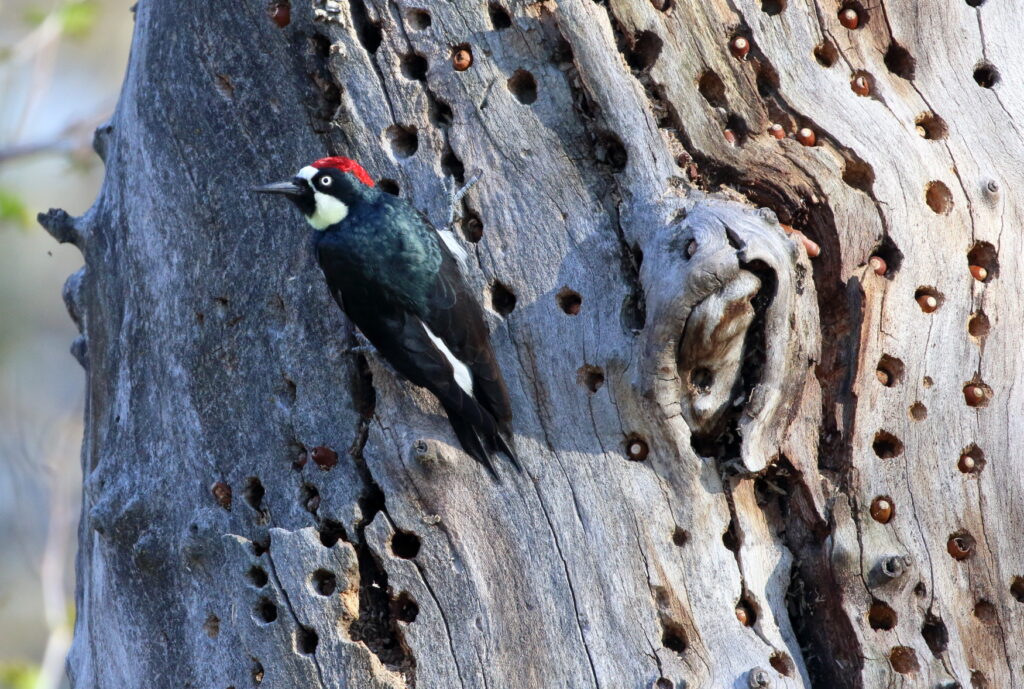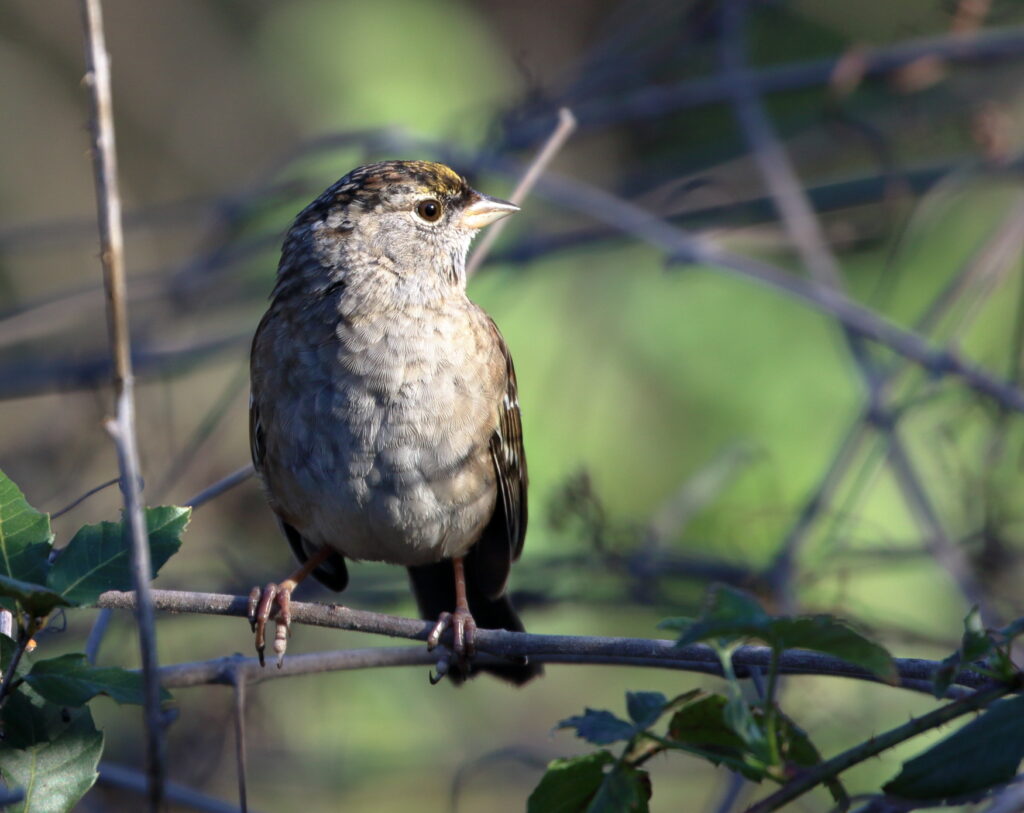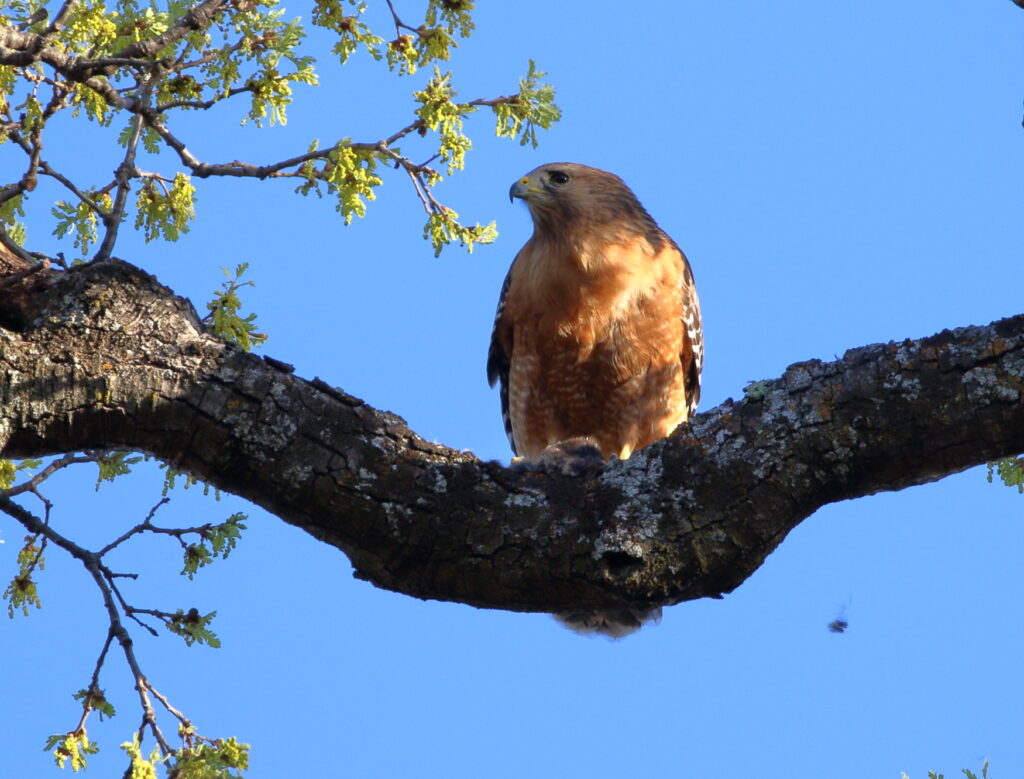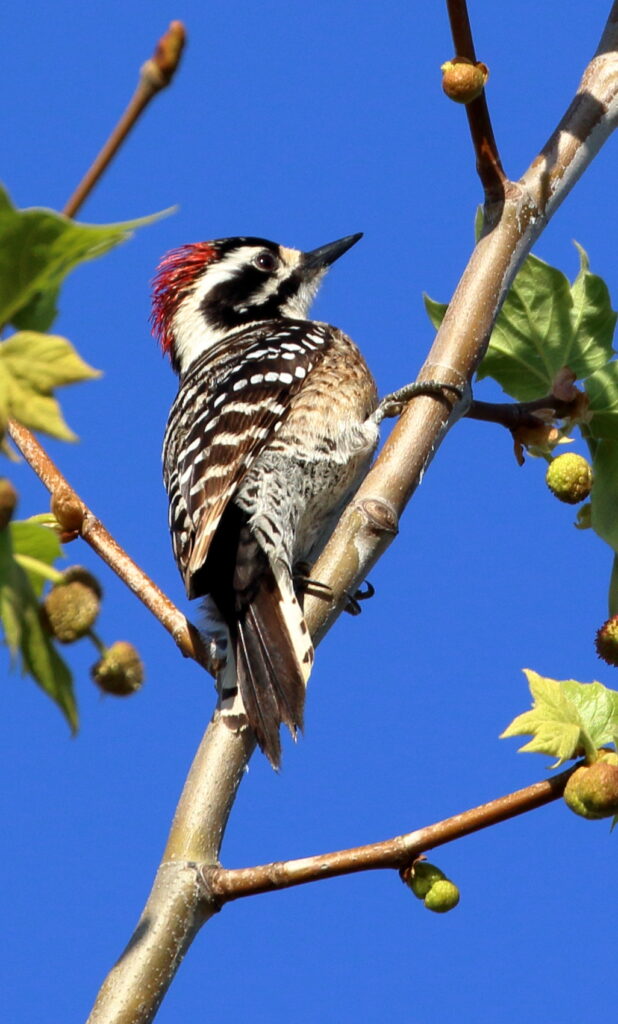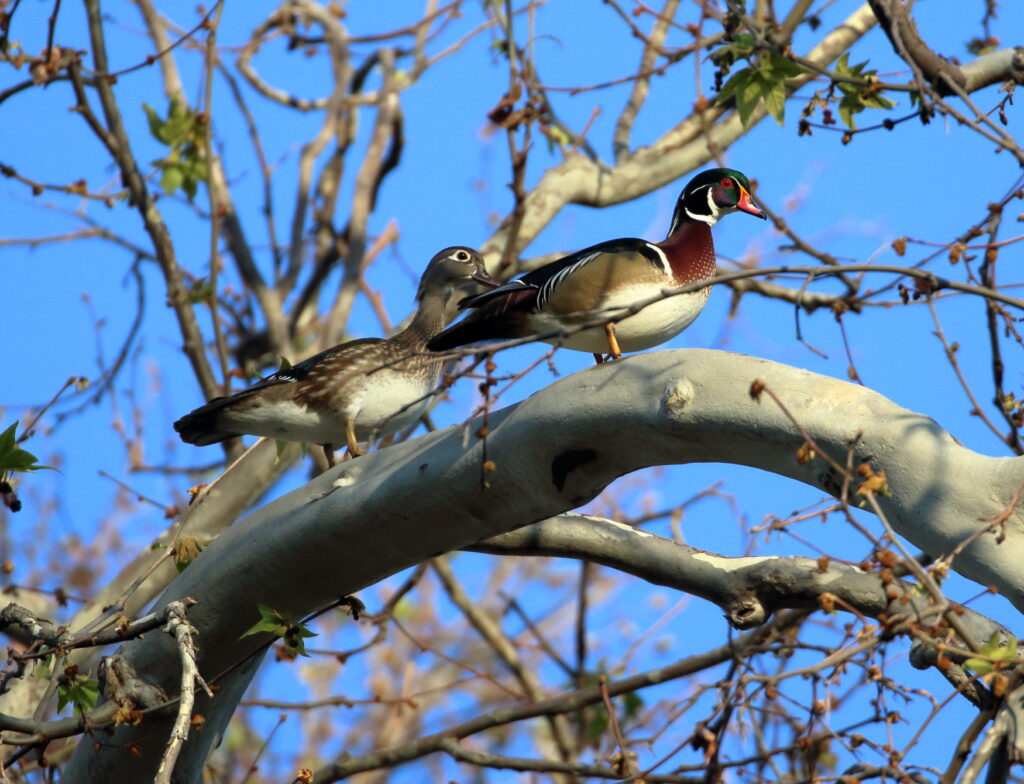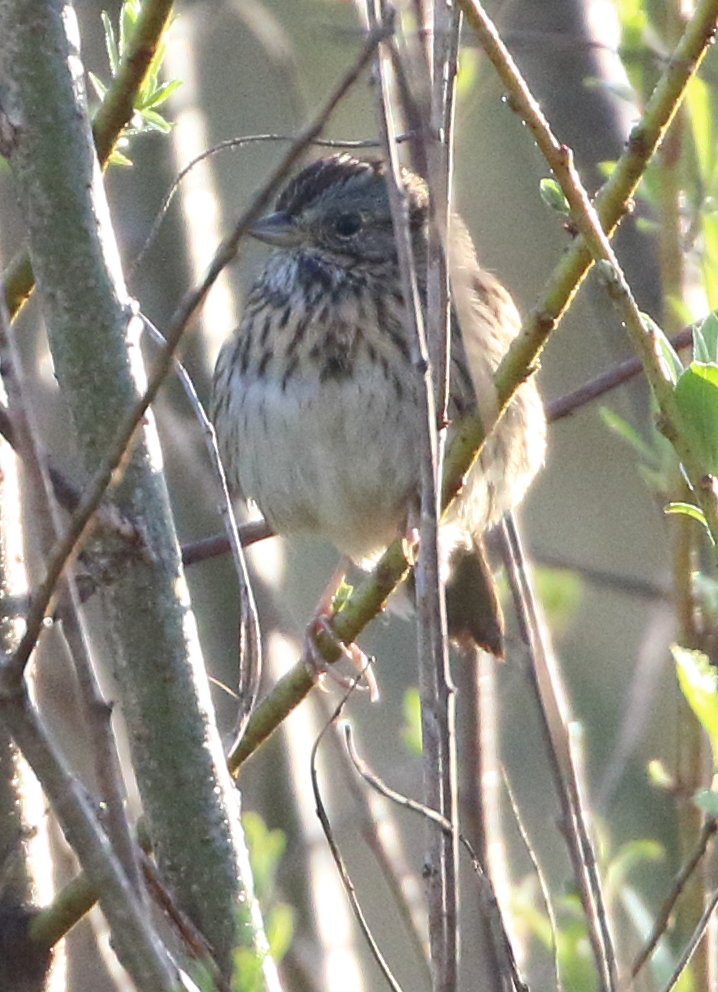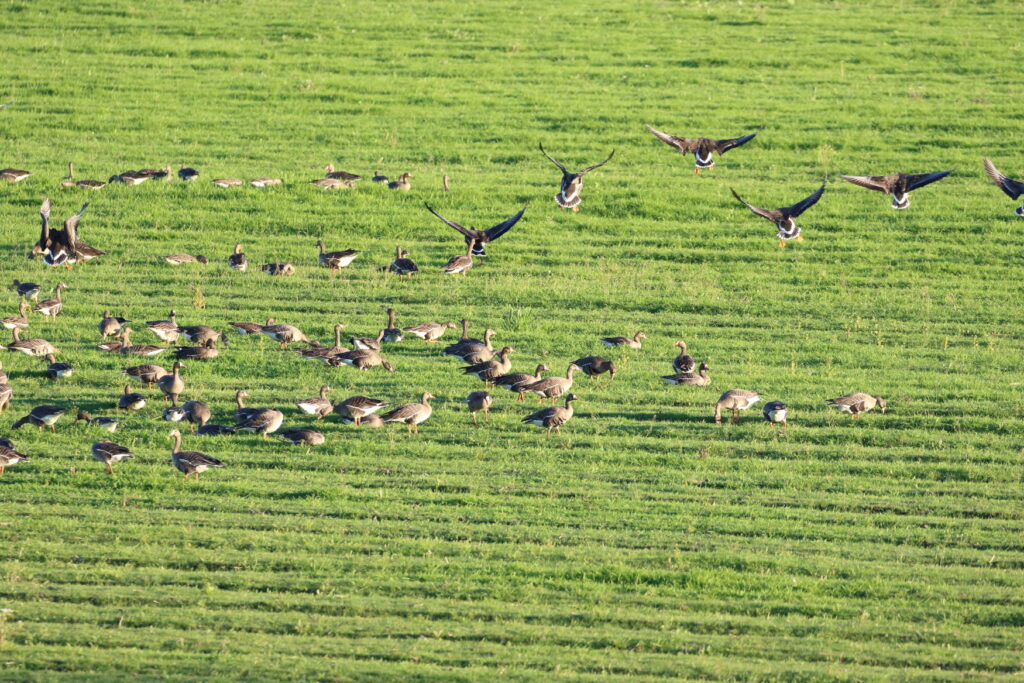Braden and I write FatherSonBirding in the hopes of sharing the wonders of birds and birding, and the urgency to protect them. We do not accept advertising or donations, but if you’d like to support our work, please consider buying *NEW* copies of some of Sneed’s books—First-Time Japan: A Step-by-Step Guide for the Independent Traveler, for instance, or the best kids’ woodpecker book ever, Woodpeckers: Drilling Holes & Bagging Bugs. Here, we are pleased to continue last week’s “spontaneous” narrative. For Part I, see our last post. Enjoy!
After giving my keynote talk to the Montana Library Association (and yes, it went well, thank you!), I changed out of my good clothes, checked out of my room and hit the road—but not too far. It was early afternoon by now, but before heading home I thought I’d better take advantage of the opportunity to visit Warm Springs Wildlife Management Area, one of Montana’s top birding destinations. It being migration season, the possibilities were almost endless of what I might find, but I kept my expectations low. Why? Primarily because much of Warm Springs is not easily accessible. The refuge consists mainly of several very large reservoirs designed to help clean toxic chemicals from the waters pouring out of the world famous Berkeley Pit copper mine in Butte. The road, however, only gets close to these bodies of water in certain places, so it’s easy to miss rarities that might show up. Nonetheless, I took the “back entrance” into the refuge and soon found myself at the bottom of the large, southernmost reservoir. The scene before me immediately put me in a happy place.
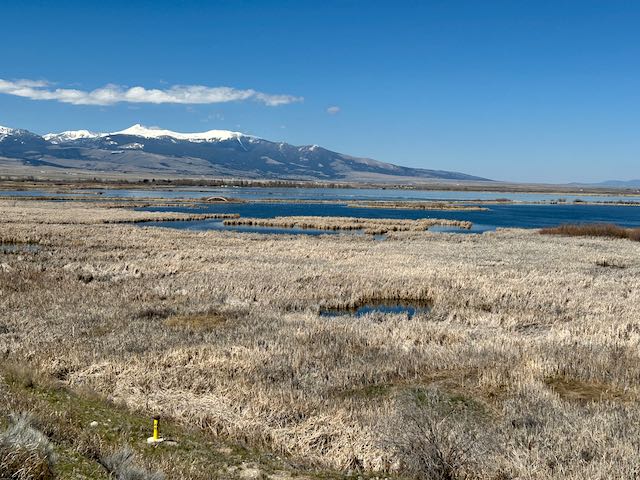
Stretching across the water were hundreds, no, thousands of ducks and other water birds, and I quickly set up my scope for a proper look. I usually try to estimate bird numbers wherever I am, but as I searched across the reservoir with the scope, I quickly abandoned that effort. I recorded 5000 coots, but that could easily be low. I also saw hundreds of Northern Shovelers and Ruddy Ducks, and noted plenty of Buffleheads, Ring-necked Ducks, Lesser Scaups, Gadwalls, American Wigeons, and more. A duck party!
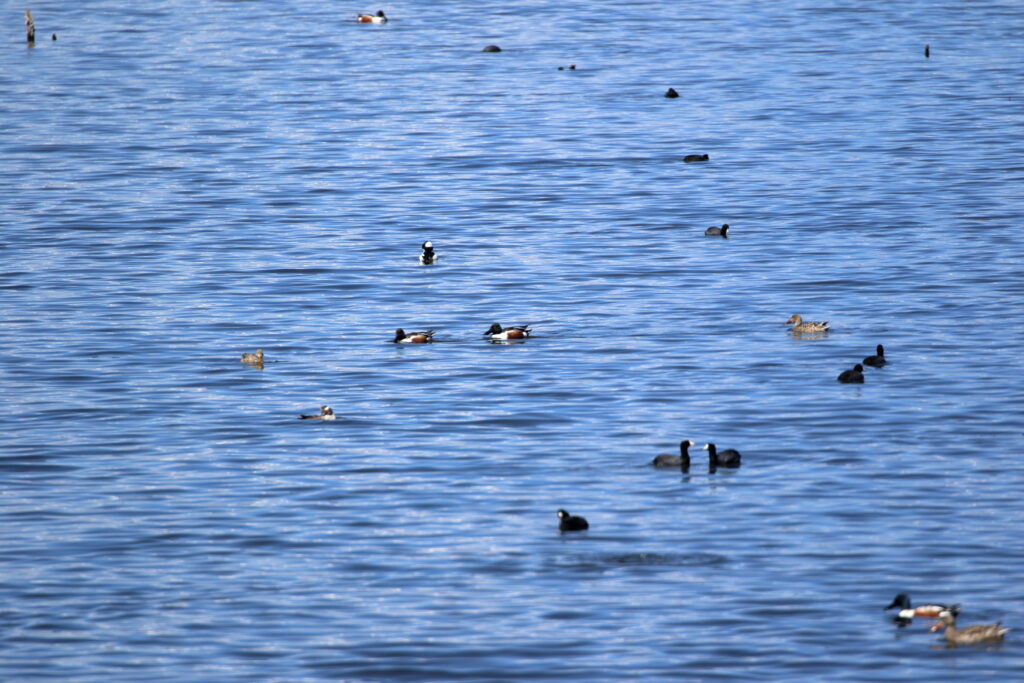
When scoping such a vast array of birds, it’s a natural instinct to look for the unusual or rare species, and after a few minutes, I landed on a pair of Red-necked Grebes—my first of the year. My biggest find, however, was the year’s first Yellow-rumped Warbler (Audubon’s) in the trees next to me! After making an inadequate attempt to eBird what I saw before me, I jumped back in the minivan and continued up the road. I passed a resident pair of Bald Eagles, and then pulled over at a small fishing access next to a long dike that separated this reservoir from the next. I grabbed my binoculars and ventured out onto the dike, and right away saw another Red-necked Grebe. Then, I recognized a bird that made me rush back to the minivan for my camera. I hurried back out onto the dike and trained my lens on it—a Common Loon!
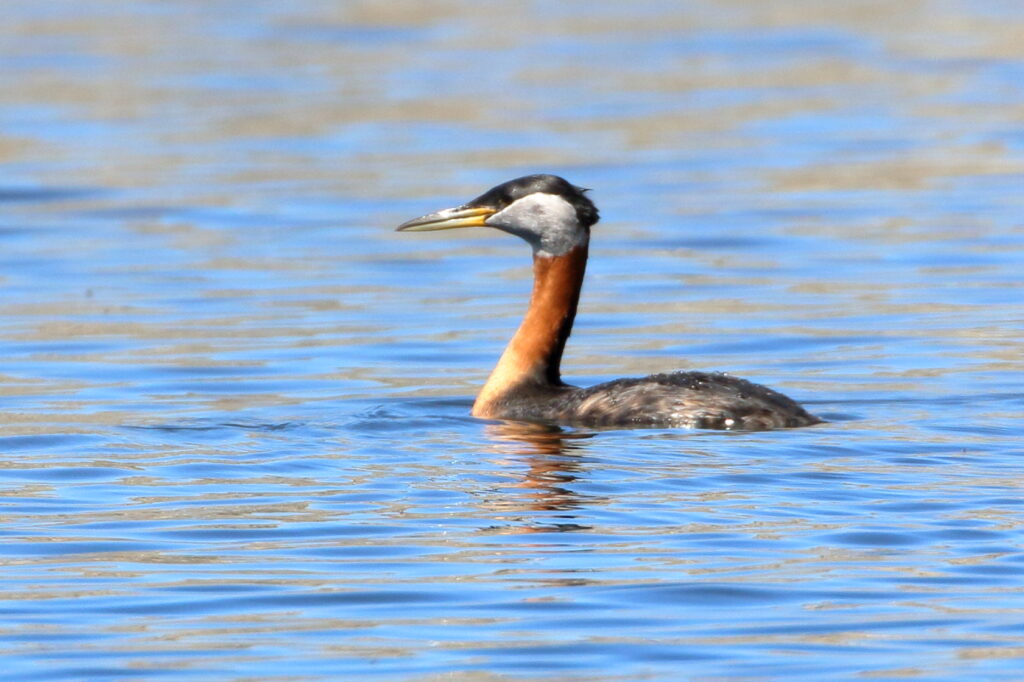
Now, loons are not exactly rare in Montana, but they aren’t gimmes, either (for instance, see post “Rare Bird Hat Trick”). Last year, I saw only one—a quick fly-over at Glacier National Park. If you don’t visit one of the lakes where they breed in summer, you have to catch them during migration. Braden and I have seen a number of COLOs during fall migration, but this was the first I could remember in spring. But wait. As I was trying to get a decent photo of this loon, another one popped up nearby. “No way!” I muttered out loud. But wait, then I spotted a third, and eventually, a fourth! (I think I saw a fifth, but these ‘torpedoes’ can travel so far under water that I can’t be sure.)
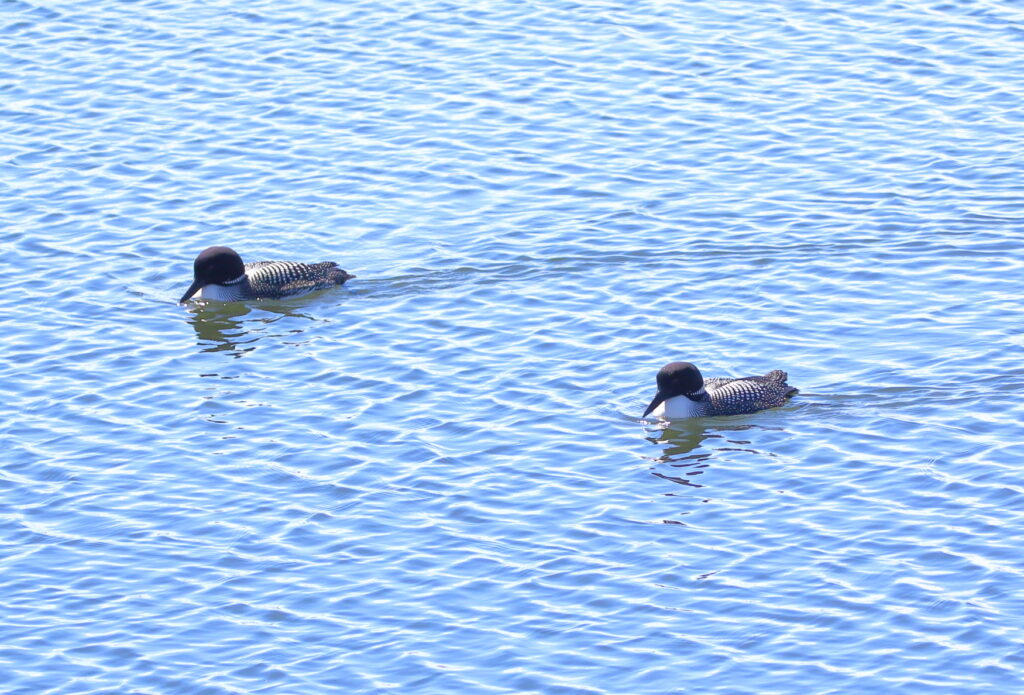
Needless to say, I felt “loonstatic.” My only problem? Every bird was backlit, making a good photo impossible. To try to rectify this, I walked around to the parking area where I could get “up-light” of the birds, hoping they wouldn’t depart before I reached a good spot. They didn’t. I took enough photos that I finally got a really nice one (see below). My other problem, though, is that . . . I needed to relax.
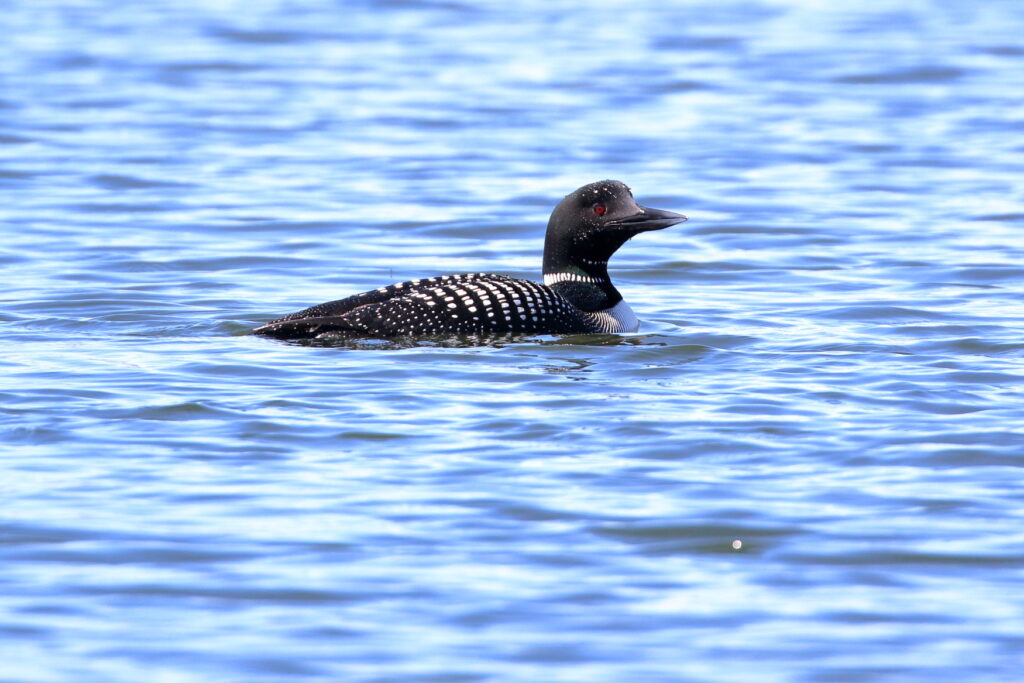
More and more, recently, Braden and I have discussed the obsession to rack up species and get good photos without pausing to really appreciate them. Both of us, in fact, have been making an effort just to be still in the moment, and with four stunningly gorgeous loons diving for food in front of me, this seemed like a perfect time. I sat down on a rock and set my camera and binoculars on the ground next to me. I watched the loons for a few moments and then just closed my eyes. I thanked the universe for this special moment and tried to breathe deeply, focusing on the now for a few minutes.
Alas, I did not attain “loon-lightenment,” but when I opened my eyes, the loons were still floating, preening, and diving in front of me. Several times, I watched them surface with crayfish in their bills. I’m not sure if the loons did anything special to them, such as knocking loose their exoskeletons, but down the hatch they went. It was beautiful.
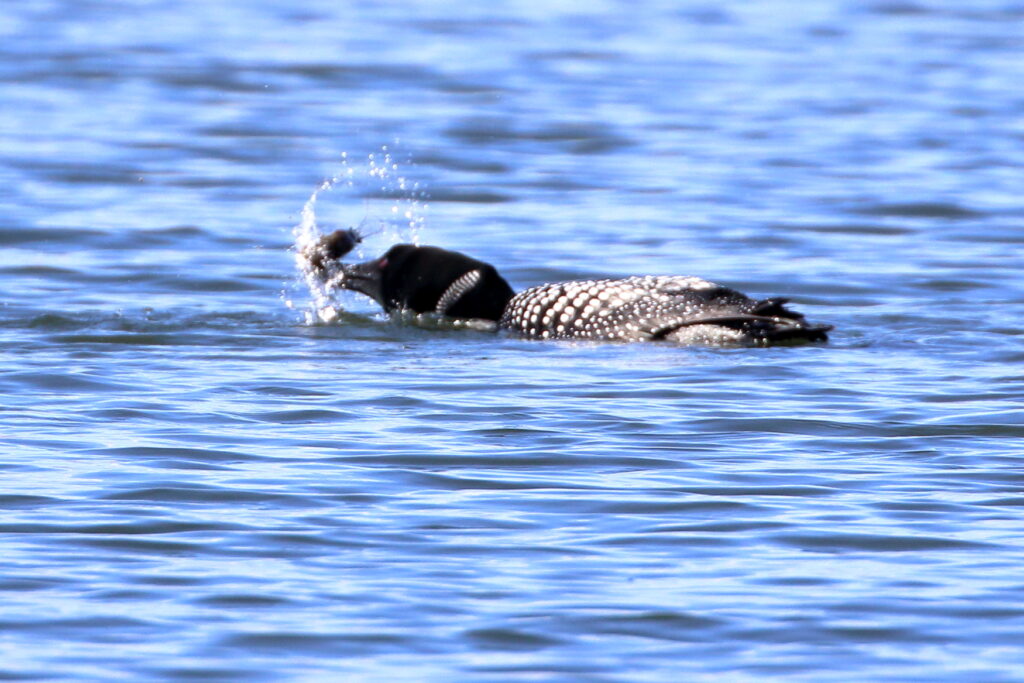
My birding had not finished, either. After Warm Springs, I tooled up the road a few miles to another spot that many birders don’t take time to check out—Racetrack Pond. Often, there’s not much to see at Racetrack, but I had occasionally stumbled into some treats. Again, it was migration season, so you just never knew. As I pulled off the interstate and turned right, I immediately saw a couple of hundred gulls out on small islands in the pond. “Hm,” I thought. “Maybe I can pick up some California Gulls there.” As I drove closer, however, I realized that they weren’t gulls. They were Snow Geese!
I pulled over and again set up the spotting scope—and not just to see the Snow Geese. I had an ulterior motive. Almost exactly a year earlier, at Browns Lake, I had stumbled into some migrating Ross’s Geese mixed in with a large Snow Geese flock. “Maybe there are some Ross’s hiding in this one,” I thought with an evil grin. I diligently scanned the flock for several minutes, mainly looking for any geese with stubby pink bills. Ross’s, though, also are a bit smaller than SNGO and tend to have a cleaner, whiter appearance. I thought I was going to strike out when I glimpsed two geese that fit the, ahem, bill. I watched them for at least ten minutes before discarding any doubts. Yay! This was only my third time ever seeing Ross’s Geese, and to get them two years in a row felt like an accomplishment. By the way, ROGOs are also a wonderful conservation success story. Their numbers had dropped to just a few thousand by the 1950s. Today, it is estimated that there are more than two million! Let’s hear it for conservation!
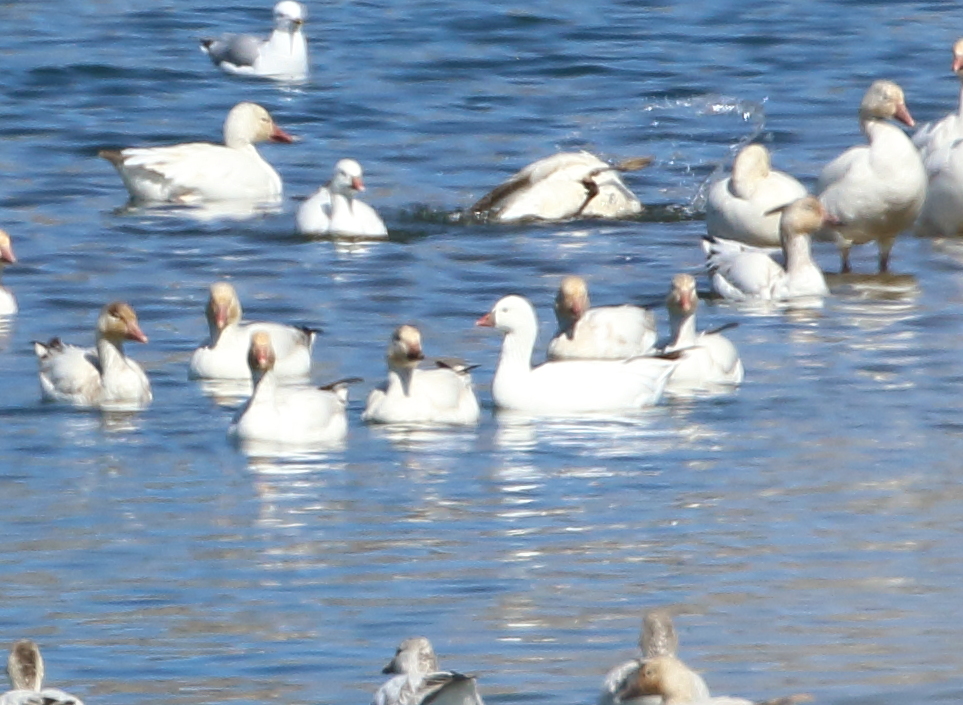
My discoveries weren’t over. At the north end of the pond, I again pulled out the scope to discover a Greater Yellowlegs, a Killdeer, and two real surprises—an American Avocet and five, count ‘em, FIVE Marbled Godwits. “Perhaps they’re heading to the same place as yesterday’s Willets,” I wondered (see our last post). I later learned that large flocks of avocets had been rampaging through the state, so this one was right on schedule.
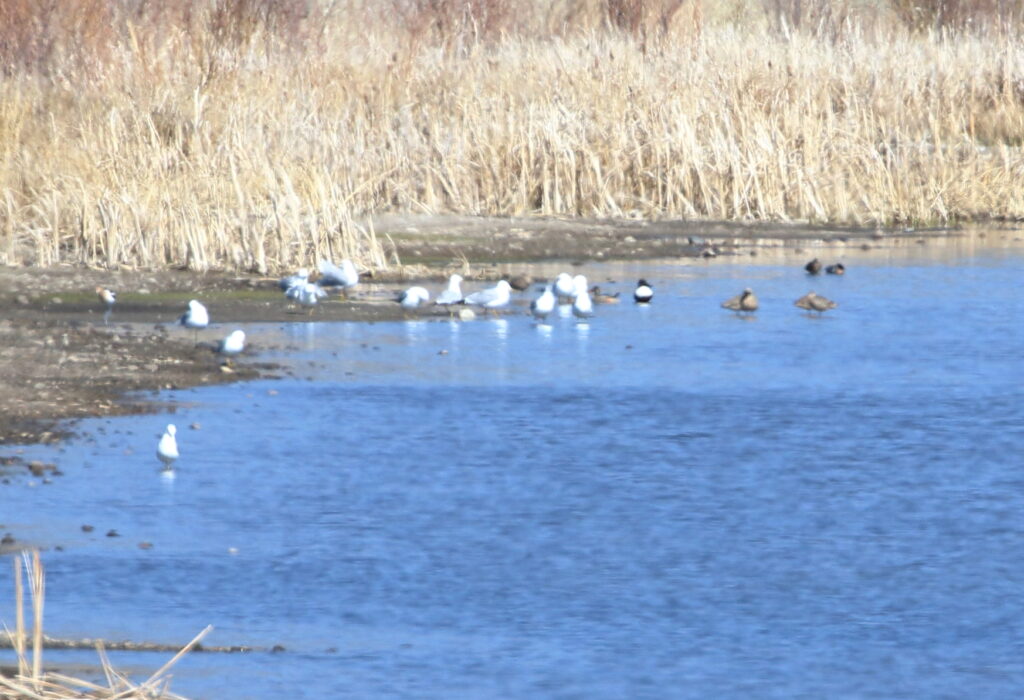
With another wonderful day of birding under my belt, it was time to head home, but really, these days just primed my birding pump. Many adventures lie ahead—especially when Braden returns home from Costa Rica in a couple of weeks. Be prepared for plenty of posts this summer!

